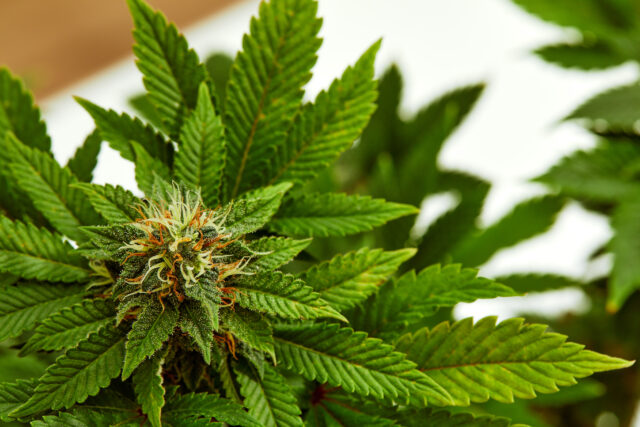
In a landmark decision, the NCAA Division I Council voted to remove cannabis from its list of banned substances for championships and postseason football, effective immediately. This shift reflects evolving attitudes towards cannabis and prioritizes student-athlete health and well-being over punitive measures. For athletic directors, this change brings significant implications and potential benefits for managing athletic programs.
Implications of the Decision
Policy Alignment and Compliance
- Athletic directors must update their drug policies to align with the new NCAA standards. This includes revising any institutional regulations that were stricter than the previous NCAA guidelines to ensure consistency and fairness.
- While the NCAA has relaxed its stance on cannabis, schools still have the autonomy to enforce their own drug testing policies. Directors need to strike a balance between adhering to the new NCAA rules and maintaining school-specific standards.
Focus on Health and Well-being
- The NCAA’s decision underscores a shift towards prioritizing student-athlete health and well-being. This change encourages a more supportive approach to managing substance use, focusing on education and harm reduction rather than punishment.
- Athletic directors should consider implementing educational programs that inform athletes about responsible cannabis use, its effects, and the legal implications, especially in states where it remains illegal.
Pros of the Decision
Reduced Penalties and Improved Fairness
- Athletes currently serving suspensions for cannabis use will have their penalties lifted, allowing them to return to competition. This move rectifies past injustices where athletes faced severe consequences for non-performance-enhancing drug use.
- By eliminating cannabis from the banned substances list, the NCAA ensures that athletes are not disproportionately penalized for behavior that is becoming increasingly accepted and legalized across the country.
Enhanced Athlete Support
- Athletic directors can now focus on providing better support systems for athletes who use cannabis. This includes offering counseling and resources for those who may need help managing their use, and ensuring they receive the necessary support to maintain their health and performance.
- A supportive environment can foster open communication between athletes and staff, helping identify and address any substance-related issues early on.
Alignment with Legal and Social Trends
- The NCAA’s decision aligns with the broader legal and social trends in the United States, where cannabis is legal for recreational use in nearly half of the states.
- Athletic programs can benefit from this progressive stance by positioning themselves as forward-thinking and supportive of athletes’ rights and well-being.
Potential Cons of Allowing Cannabis
Health Risks and Performance Impact
- Despite being non-performance-enhancing, cannabis use can still have adverse health effects. Regular use can impact cognitive functions, mental health, and respiratory health, potentially affecting an athlete’s performance and overall well-being.
- Athletic directors must be vigilant in educating athletes about these risks and monitoring for any signs of misuse or dependency.
Legal and Compliance Issues
- While cannabis is legal in many states, it remains illegal under federal law and in several other states. This legal ambiguity can create complications for athletes who travel for competitions or who are from states where cannabis is still prohibited.
- Athletic directors must navigate these legal complexities and ensure that athletes understand the varying laws and regulations regarding cannabis use.
Potential for Misuse
- The removal of cannabis from the banned substances list could lead to increased use among athletes. Without proper guidelines and education, there is a risk that some athletes might misuse cannabis, thinking it is completely safe and without consequences.
- Establishing clear policies and educational programs is crucial to mitigate this risk and promote responsible use.
Negative Perception
- Some stakeholders, including parents, alumni, and sponsors, may have concerns about the normalization of cannabis use in collegiate sports. This shift might lead to negative perceptions of the athletic program or the institution.
- Athletic directors need to engage with these stakeholders, providing information and reassurance about the measures in place to ensure athletes’ health and safety.
The NCAA’s removal of cannabis from its banned substances list marks a significant shift in collegiate sports. For athletic directors, this decision brings the opportunity to update policies, focus on health and well-being, and support athletes in more meaningful ways. However, it also requires careful consideration of potential health risks, legal issues, and stakeholder perceptions. By embracing this change thoughtfully and proactively, athletic directors can enhance their programs, promote fairness, and ensure their athletes receive the best possible support both on and off the field.
Sources:



